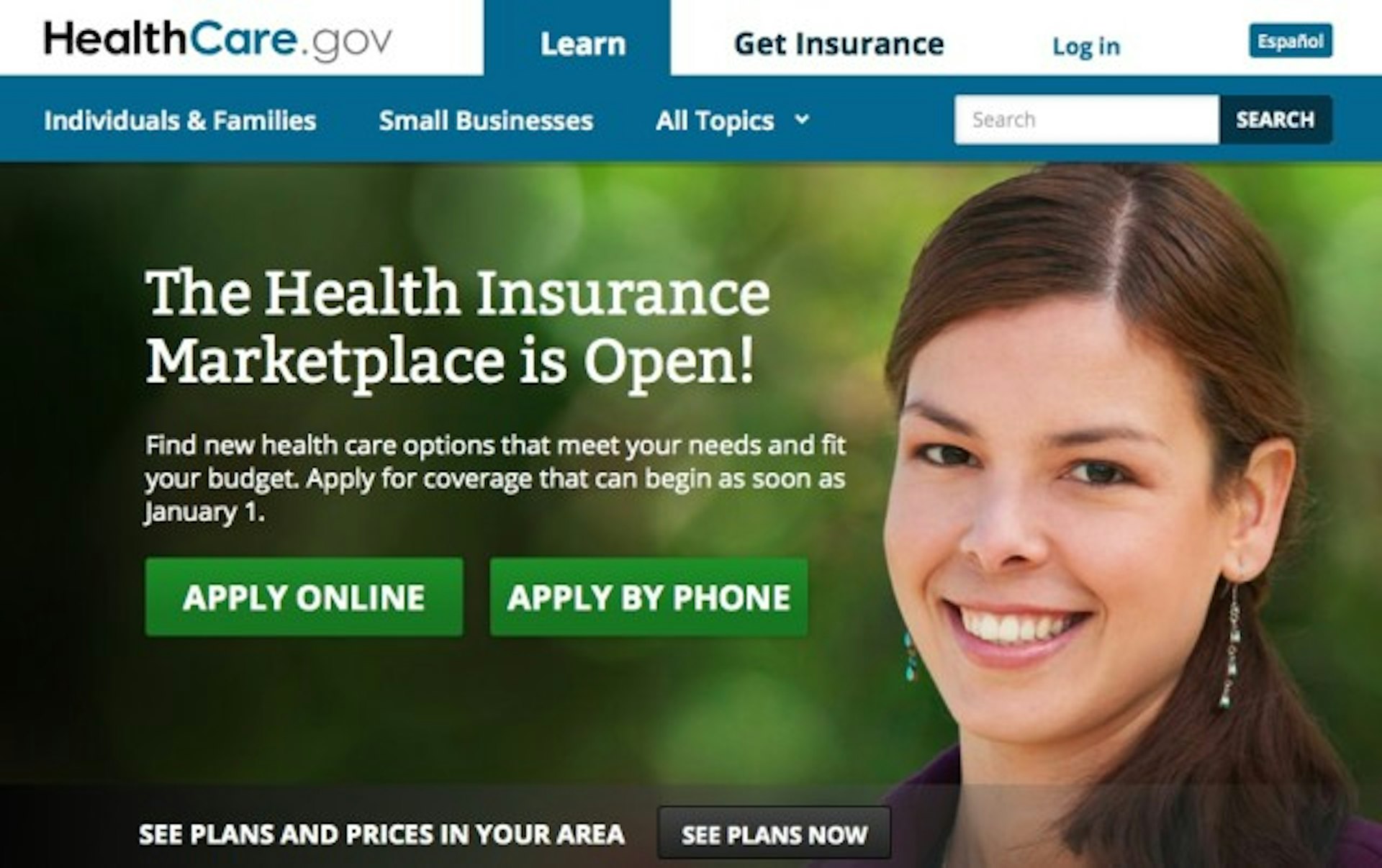Google and its employees were heavily involved in the launch of the U.S. Digital Service (USDS), a White House groupi tasked with advising federal agencies on big technology projects and improving the federal government’s websites.ii
Current and former Googlers have also disproportionatelyiii staffed the new office, which is partly made-up of temporary advisors that can return to their companies after a limited “tour of duty”.iv
An analysis of publicly available information shows at least 13 of the new USDS employees are ex-Google software engineers, coders and executives, while one Google employee is a former member of the USDS. 18F, a group of technologists and designers working within the General Services Administration, and who have informal ties to USDS, includes another four former Google engineers and developers.
Those include:
| Name | Org. | Date Hired | Google Position |
| Albert Wongv | USDS | 7/14 | Mgr. Chrome Site Isolation |
| Brian Leflervi | USDS | 7/14 | Google Software Engineer |
| Eric Hysenvii | USDS | 9/14 | Google Technical Program Manager |
| Nathan Parkerviii | USDS | 9/14 | Google Site Reliability Engineer |
| Matthew Weaverix | USDS | 10/14 | Google Staff Site Ecologist |
| Kathy Phamx | USDS | 11/14 | Google Data Scientist |
| Sangeeta Narayanxi | USDS | 2/15 | Google Executive Recruiter |
| Grant Dasherxii | USDS | 3/15 | Google Staff Software Engineer |
| Rachelle Guptaxiii | USDS | 3/15 | Google University Program Specialist |
| Dennis Gilbertxiv | USDS | 9/15 | Google Technical Recruiter |
| Sabrina Williamsxv | USDS | 10/15 | Google Software Engineer |
| Janine Gianfredixvi | USDS | 12/15 | Google[X] and Project Glass Marketing |
| Amy Barkerxvii | USDS | 1/16 | Google Corporate Counsel |
| Kadir Barryxviii | USDS | 1/16 | Google People Operations |
| Micah Saulxix | 18F | N/A | Google Developer |
| Amanda Robinsonxx | 18F | 9/15 | Google Software Engineer |
| Victor Udoewaxxi | 18F | N/A | Google Education Instructional Designer |
| Mike Blandxxii | 18F | 11/14 | Google Software Engineer |
The group has broad sway over large-scale government information technology projects. Key projects identified by USDS include redesigns and modifications to government websites related to immigration, veterans’ affairs, social security, student loans, healthcare and small business.xxiii xxiv
What the data suggest

Google’s intimate involvement in the creation of the U.S. Digital Service gives the company an inside-track on large government IT projects.
Current White House Chief Technology Officer Megan Smith—herself a former Google executive—stated in 2015 that USDS was designed with “limited tours of duty” in mind. “We want technical people to come and serve… But come for tours of duty: come as a reserve, come for two weeks, come for two years and come in and out of government just like our colleagues in other fields are doing.”xxv
The large number of former Google employees working today at USDS as well as the fact that the Service was designed with such “limited tours of duty” in mind, suggests that many former Google employees working for USDS today may return to their Google jobs tomorrow with inside knowledge and relationships that could prove invaluable in securing large IT contracts for Google.
Questions Raised
Given Google’s voracious appetite for our personal information and its close involvement with USDS, what privacy protections are in place for visitors’ use of government websites?
On January 20, 2015, the Associated Press reported that the HealthCare.gov website was quietly sending consumers’ personal data to private companies including Google’s DoubleClick that specialize in collecting personal information for advertising and marketing purposes.xxvi
USDS’ focus on revamping government websites related to citizens’ most sensitive personal information— involving healthcare, veterans’ issues, social security, school loans and immigration — raise concerns about whether Google is collecting data when we visit government websites. The Electronic Frontier Foundation has filed a complaint alleging that Google collects data on students, despite their promises to refrain from doing so.xxvii
Notes
i USDS is a part of the Executive Office of the President.
ii Officially launched on August 11, 2014 largely as an outgrowth of the shock teams of coders and software engineers recruited from private industry (many from Google) to repair the Healthcare.gov website during the six week period from October to December 2013.
iii Fast Company reported in June of 2015 that USDS had a staff of approximately 37 people with 140 more “in the network” according to then White House Chief Technology Officer Todd Park.
iv http://www.fastcompany.com/3046756/obama-and-his-geeks
v http://ben.balter.com/2015/04/22/the-difference-between-18f-and-usds/
vi https://www.linkedin.com/in/albertjwongseattle
vii https://www.linkedin.com/in/apathia
viii https://www.linkedin.com/in/erichysen
ix https://www.linkedin.com/in/nathanparker
x https://www.linkedin.com/in/matthewjweaver
xi https://medium.com/@USDigitalService/why-i-joined-the-u-s-digital-service-24c6682afce2#.euuj97mht
xii https://www.linkedin.com/in/recruitingdiva
xiii https://www.linkedin.com/in/grant-dasher-b45b7283
xiv https://www.linkedin.com/in/rachellegupta
xv https://www.linkedin.com/in/gilbert0369
xvi https://www.linkedin.com/in/sabrina-williams-509b52ba
xvii https://www.linkedin.com/in/janinegianfredi
xviii https://www.linkedin.com/in/amy-barker-20857a13
xix https://www.linkedin.com/in/kadirbarry
xx https://18f.gsa.gov/team/micahsaul/
xxi https://18f.gsa.gov/team/amanda-robinson/
xxii https://18f.gsa.gov/team/victor-udoewa/
xxiii https://www.linkedin.com/in/mike-bland-4127803b
xxiv http://ben.balter.com/2015/04/22/the-difference-between-18f-and-usds/
xxv https://www.fastcompany.com/3046756/obama-and-his-geeks
xxvi http://www.federaltimes.com/story/government/it/2015/04/13/obama-hopes-tech-talent-can-hot-wire-federal/25592829/
xxvii https://www.eff.org/deeplinks/2015/01/healthcare.gov-sends-personal-data
xxviii https://www.eff.org/document/ftc-complaint-google-education




